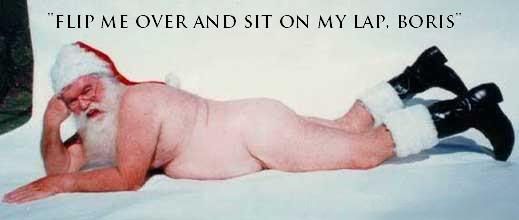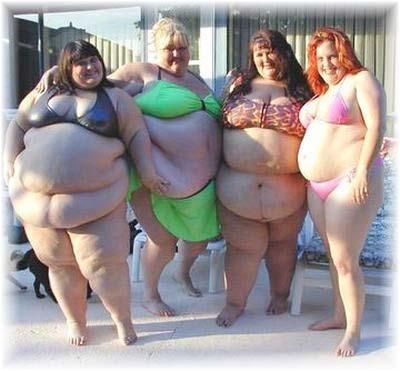| Advertentie | |
|
|
|
|
|
|
Verwijderd
|
Tieten om u tegen te zeggen. Bij deze valt het dan weer mee http://yeastradio.com/wp-content/upl...8/08/brand.jpg Beetje gek, als je heel dik wordt groeien tieten toch ook mee? Zou je denken.
|
|
|
||
Verwijderd
|
Citaat:
En ja, je zou wel zeggen dat tieten meegroeien ja. |
|
|
|
||
Verwijderd
|
Citaat:

|
|
|
|
|
|
A meme (pronounced /ˈmiːm/, rhyming with "cream"[1]) is a postulated unit of cultural ideas, symbols or practices, which can be transmitted from one mind to another through writing, speech, gestures, rituals or other imitable phenomena. (The etymology of the term relates to the Greek word μιμητισμός ([mɪmetɪsmos]) for "something imitated".)[2] Supporters of the concept regard memes as cultural analogues to genes, in that they self-replicate and respond to selective pressures.[3]
The British scientist Richard Dawkins introduced the word "meme" in The Selfish Gene (1976) as a basis for discussion of evolutionary principles in explaining the spread of ideas and cultural phenomena. Examples of memes given in the book included melodies, catch-phrases, beliefs (notably religious beliefs), clothing fashion, and the technology of building arches.[4] Meme-theorists contend that memes evolve by natural selection (in a manner analogous to that of biological evolution) through the processes of variation, mutation, competition, and inheritance influencing an individual meme's reproductive success. Memes spread through the behaviors that they generate in their hosts. Memes that propagate less prolifically may become extinct, while others may survive, spread, and (for better or for worse) mutate. Theorists point out that memes which replicate the most effectively spread best, and some memes may replicate effectively even when they prove detrimental to the welfare of their hosts.[5]
__________________
Wat een briljante deductie!
|
|
 |
«
Vorige topic
|
Volgende topic
»
|
|
Alle tijden zijn GMT +1. Het is nu 22:17.




 De volgende keer wil ik optie a!
De volgende keer wil ik optie a!

 <3
<3
 is het
is het 




 Adverteren
Adverteren